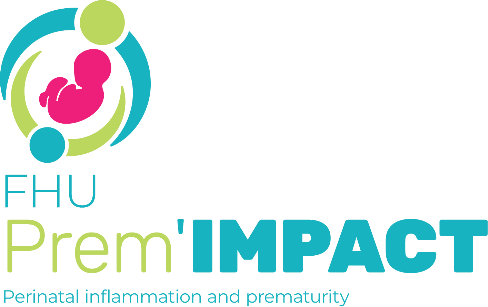Abstract
In preterm infants, a high risk of hemodynamically significant patent ductus arteriosus (PDA) exists and its persistence is associated with an increased risk of severe morbidity. Current pharmacological options include ibuprofen or indomethacin. However, treatment by indomethacin or ibuprofen of a large PDA was shown to reduce early pulmonary hemorrhage and later medical treatment but had no effect on neonatal death or morbidity. Early prophylactic treatment of ductus arteriosus by paracetamol seems to be an attractive opportunity to reduce life-threatening morbidity. However, there are currently no data regarding the pharmacokinetics (PK) and pharmacodynamics of paracetamol in preterm neonates in this potential new indication. In this study, we aimed to develop a population PK model for paracetamol and investigate the relationship between paracetamol exposure levels and time to contraction of the ductus. Data were modeled using Monolix software. A one-compartment model adequately described the paracetamol concentration-time course. A Weibull model adequately described the time to contraction of the ductus. Our results suggest that the dosage used in this study (i.e., first day 42.5 mg/kg, then 30 mg/kg/day) allows for reaching the maximum inhibition response from paracetamol regarding the time to close the ductus. However, this study pointed out a lower effect of paracetamol on extremely preterm neonates (below 27 weeks). Therefore, a dose-finding study focusing specifically on extremely preterm neonates with treatment efficacy and toxicity is strongly needed.
